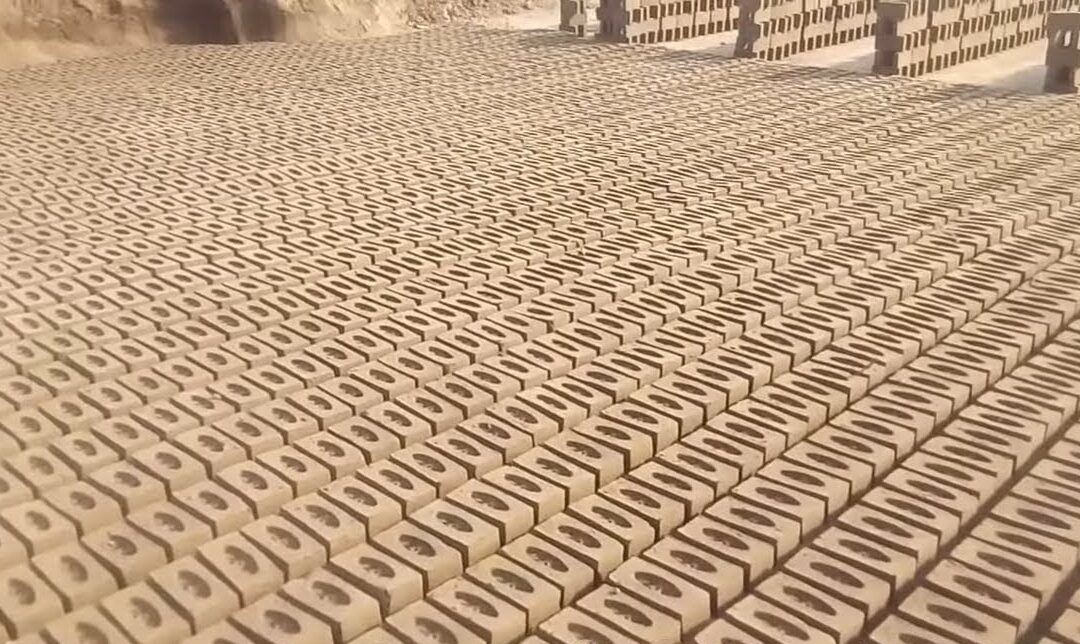Fire clay bricks, also known as refractory bricks, play a crucial role in industries that involve high temperatures, such as kilns, furnaces, and fireplaces. Their ability to withstand intense heat makes them indispensable for applications where regular bricks would crumble. In this article, we will delve into the manufacturing process of fire clay bricks, exploring the intricate steps that transform raw materials into durable and heat-resistant building blocks.
1. Raw Material Selection:
The first step in manufacturing fire clay bricks involves carefully selecting the raw materials. The primary components are high-alumina clays, kaolin, flint, and other refractory minerals. The quality of the raw materials directly impacts the final product’s performance, with an emphasis on achieving the desired heat resistance, mechanical strength, and chemical stability.
2. Mining and Preparation:
Once the raw materials are selected, they undergo a mining and preparation process. This involves extracting the minerals from quarries and mines, followed by crushing and grinding to achieve a fine powder. The goal is to create a homogeneous mixture that will provide the optimal properties for the fire clay bricks.
3. Blending and Mixing:
Blending and mixing the powdered raw materials is a critical step in ensuring uniformity. The precise composition of the mix is crucial for achieving the desired properties in the final product. In this stage, water is added to the powder to form a plastic mass. This mixture is then thoroughly homogenized, creating a clay body ready for shaping.
4. Shaping Process:
The shaping process transforms the blended clay mixture into the familiar brick form. There are various methods for shaping fire clay bricks, with common techniques including extrusion, molding, or pressing. Extrusion involves forcing the clay through a die to create a continuous shape, while molding uses molds to shape individual bricks. The chosen method depends on the specific requirements of the manufacturer and the intended use of the bricks.
5. Drying:
After shaping, the green bricks undergo a drying process to remove excess moisture. This is a crucial step to prevent cracking during the subsequent firing process. The drying phase may take place in controlled environments or through natural air drying, depending on the manufacturer’s facilities and preferences. Careful attention to the drying process is essential to ensure the bricks maintain their structural integrity.
6. Firing in Kilns:
The firing process is the most critical stage in the manufacturing of fire clay bricks. The dried bricks are carefully loaded into kilns, where they are subjected to high temperatures. Typically exceeding 1,800 degrees Celsius (3,272 degrees Fahrenheit). This firing process called vitrification, during which the clay minerals go through chemical changes. Creating a strong and heat-resistant ceramic structure. The firing duration and temperature profile precisely controlled to achieve the desired properties.
7. Quality Control and Inspection:
Throughout the manufacturing process, quality control measures implemente to ensure. That the fire clay bricks meet stringent standards. Inspections include checks for dimensional accuracy, color consistency, and overall structural integrity. Any defects or deviations from specifications addressed to maintain the quality of the final product.
8. Sorting and Packaging:
Once the fire clay bricks have successfully undergone the firing process and passed quality inspections. They are sorted and packaged for distribution. Sorting involves categorizing bricks based on size, color, and other specifications. Packaging is done with care to prevent any damage during transportation and storage.
9. Environmental Considerations:
The manufacturing of fire clay bricks involves high-temperature processes, and manufacturers are increasingly incorporating environmentally friendly practices. This includes optimizing energy use in kilns, implementing waste recycling measures, and exploring alternative materials with lower environmental impact. Sustainability considerations are becoming integral to the manufacturing process, aligning with global efforts to reduce the ecological footprint of industrial activities.
10. Application and Uses:
Fire clay bricks find applications in a wide range of industries, including steel, glass, cement, and ceramics. They used to construct the linings of furnaces, kilns, and ovens, providing insulation and withstanding extreme temperatures. Additionally, fire clay bricks utilized in residential applications. Such as fireplaces and wood-burning stoves, where their ability to resist heat is crucial.
In conclusion
The manufacturing process of fire clay bricks is a meticulous and multi-stage journey that transforms raw materials into resilient, heat-resistant building blocks. From raw material selection to shaping, drying, firing, and quality control, each step plays a vital role in creating bricks that can withstand the most demanding industrial and residential applications. As technology advances and sustainability becomes a focal point, manufacturers continue to refine their processes, ensuring that fire clay bricks remain a cornerstone in the construction of structures exposed to high temperatures.

